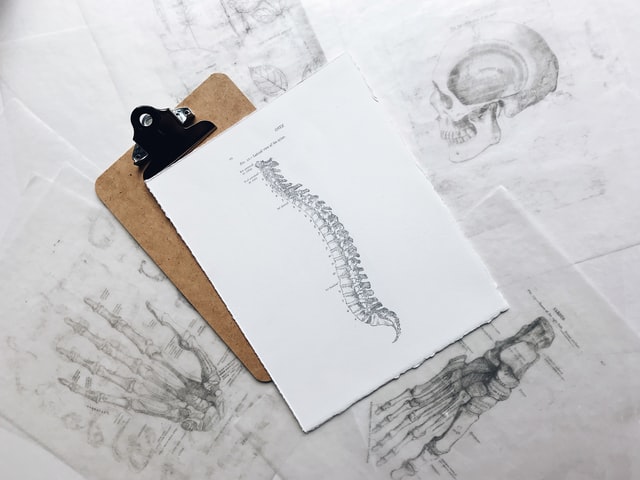One of the major contributing factors to the massive rise in lower back dysfunctions today is that we’ve developed a sedentary way of life. As a large proportion of our population moves into the retirement zone, the incidence of lower back pain and injury continues to rise—due to poor posture, long periods of sitting, and lack of adequate nutrition or exercise. Studies show that it’s not how much time you put in at the gym before or after a long day at work sitting still that heps maintain back health or good cardiovascular condition.
Even those who made a habit of working out when not at the office are discovering that their back muscles aren’t what they used to be. The long periods of sedentary work are doing their work on the population. However, now that we know what’s contributing to these lower back problems, there’s hope for a change. The current generation occupying offices is taking steps to ensure that they won’t be as likely to develop the debilitating lower back skeletal and muscular disorders of their parents’ generation.
The New Coffee Breaks
Rather than heading to the break room for a cup of coffee or gathering around the water cooler, those who have jobs that require them to sit for long periods have something new in mind. Interspersing their work load with short periods of movement that involve stretching and motion that promotes circulation can help to mitigate the detrimental impacts of sitting all day. It may even include taking a few flights of stairs for a quick workout. This not only improves physical health, but increases productivity and refines mental focus.
Have a Ball
Another way some are seeking to improve their lower back health in the long run is by replacing their office chair with a yoga balance ball. This improves core strength without compromising the need to focus on the tasks at hand. It also allows them to sit in a manner that is healthier than that fostered by most office chairs. Overall improved posture, lower back and abdominal muscle tone, and better circulation result from this simple substitution.
Stand and Deliver
One of the smartest innovations that has been introduced into office culture is the adjustable standing desk. While it may not be ideal for everyone, it does work well for most individuals. The basic idea is incredibly simple and some companies have refined it to accommodate most office space and employee needs. Using the electronic lift technology, they’ve designed desks that can be adjusted easily to comfortably accommodate everyone.
Plus, made from incredibly strong but lightweight bamboo, they’re an ecologically responsible alternative to traditional wooden, metal, or plastic office furniture. Standing can actually help you to improve posture, lower back muscle strength, abdominal strength, and circulation. Add a special, soft standing mat to cushion your feet and you have a winning solution to the problem of lower back muscle deterioration and joint discomfort. Pain is a distracting sensation and accumulated tension in the lower back caused by sitting can substantially reduce productivity.
While we have discovered the drawbacks of office culture, that doesn’t mean we need to completely dismantle our social structure. Finding ways to incorporate activity, encourage good posture, and decrease time spent in an office chair can alleviate many of the long-term issues associated with this occupational hazard. Standing desks allow a freedom of movement, such as shifting, bending, and stretching, while remaining focused on the task at hand.





